Global Finance selects the world's 10 best cities to live in based on eight metrics, including cost of living, quality of life, andpandemic response.
People are willing to pay more to live in cities for the wealth of benefits they typically offer—cultural attractions, quality health care and social activities. Within large cities, one often finds neighborhoods that deliver the comfort of a small town community. Cities are dynamic centers for young people, who seek lively nightlife. Money matters too: The largest cities offer higher pay than small towns or even smaller cities. Accessible cities offer senior citizens the best hospitals. All these combine to make these among the world’s best places to live.
Global Finance’s 2022 best cities to live in ranking is derived from a score that reflects eight distinct metrics contributing to quality of life: economic strength; cultural interaction; livability; environment; accessibility; Covid-19 deaths per thousand for the country; research and development; and annual population growth rate. These factors are all critical for quantifying the quality of life of people living in urban areas. All of the metrics were normalized in order to properly quantify them into a single overall score and provide a measure of comparison.
Where did we get the data? The first six factors (economic strength, research and development, cultural interaction, livability, environment, and accessibility) come from the Global City Power index. This study provides multiple scores that quantify different aspects of city life, including cultural, technological, environmental, and economic factors. The report’s list of cities forms the basis for our decision of what cities to include. The Covid-19 deaths per thousand comes from a combination of Johns Hopkins University and Statista for the remaining cities. The population growth is based on data from Macrotrends.
TOP 10 BEST CITIES TO LIVE IN 2022
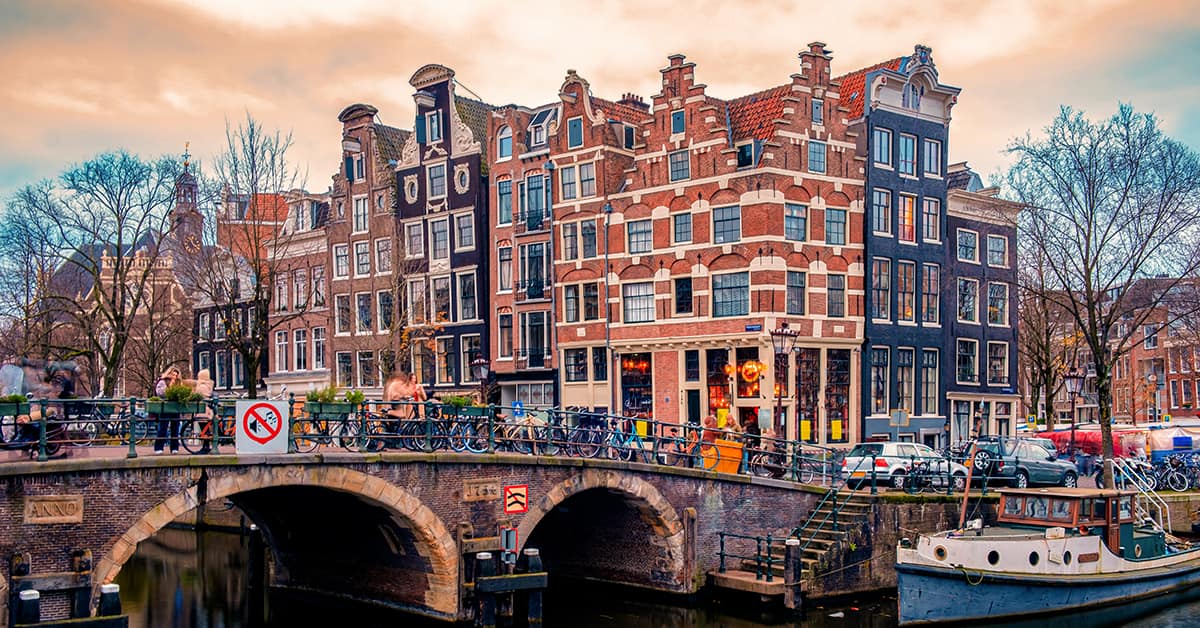
#10 | Amsterdam, Netherlands
Amsterdam made a surprising climb from 14th place on the 2020 list to 10th place scoring higher than other European cities such as Vienna, Berlin, and Copenhagen powered by better livability and transportation access scores. Another factor is that makes Amsterdam one of the best places to live is that it is affordable compared to European competitors, Amsterdam residents enjoy manageable monthly rent and house prices as well as plenty of low cost public transportation methods.
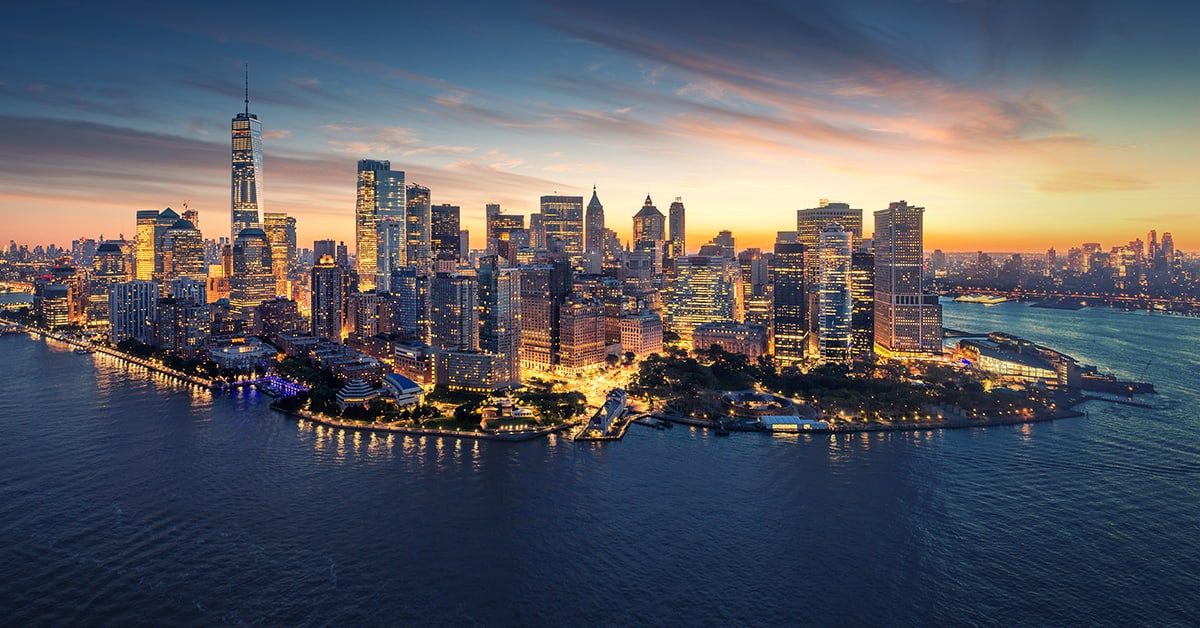
#9 | New York City, United States
New York City is the lone city in America on this year’s ranking due to its strong economy, cultural significance, and research and development. The factors pushing it down from fourth place in 2020 to ninth place in 2021 are the United States’ exceedingly high Covid-19 death rate and this big city’s skyrocketing cost of living, driven mainly by home prices.

#8 | Beijing, China
Beijing’s rise to a top 10 of the best places to live is a surprise given that it placed 22nd in 2020. Beijing scores poorly on livability—although that has been changing recently—and its high levels of pollution produce a poor environmental safety score. Nonetheless, Beijing’s rich culture attracts visits, and its ranking benefitted from China’s low Covid-19 death rate. With its residents expanding by 2% in the past year, Beijing may have issues, but the city is still growing and evolving.
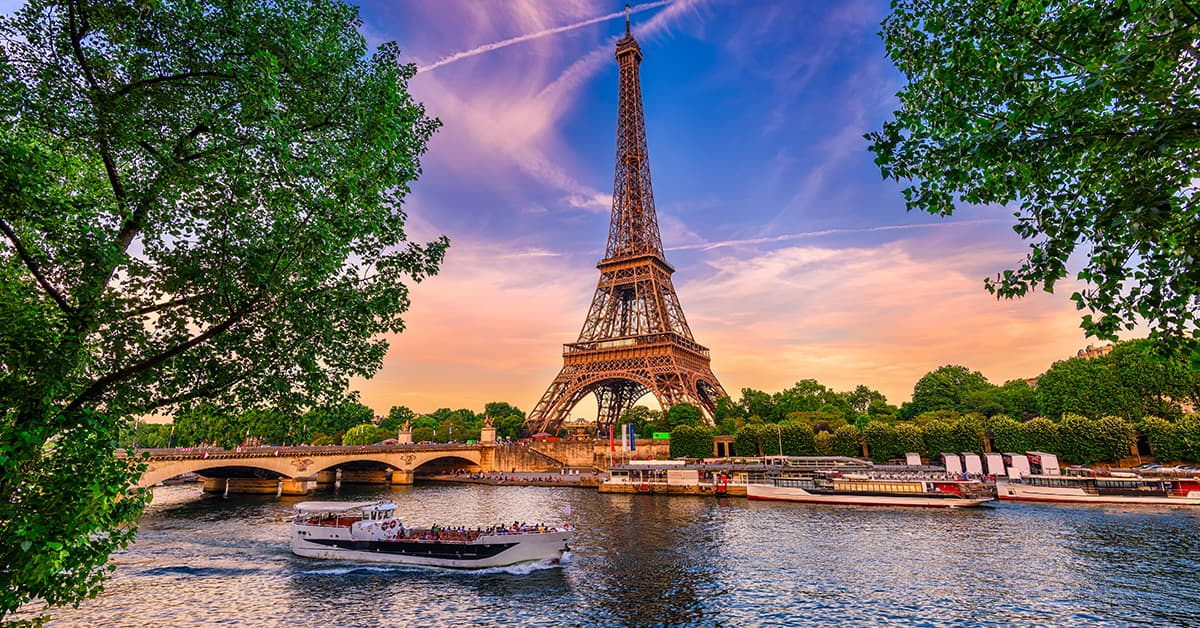
#7 | Paris, France
Paris has suffered a lot recently. France’s Covid-19 death rate has been higher than the global average and Paris’ growth is minimal. However, with strong scores on traditional metrics such as cultural significance and livability due to an abundance of low-cost public transportation options, as well as rich art and cultural attractions, nightlife and amenities, Paris is unquestionably one of the world’s best places to live.
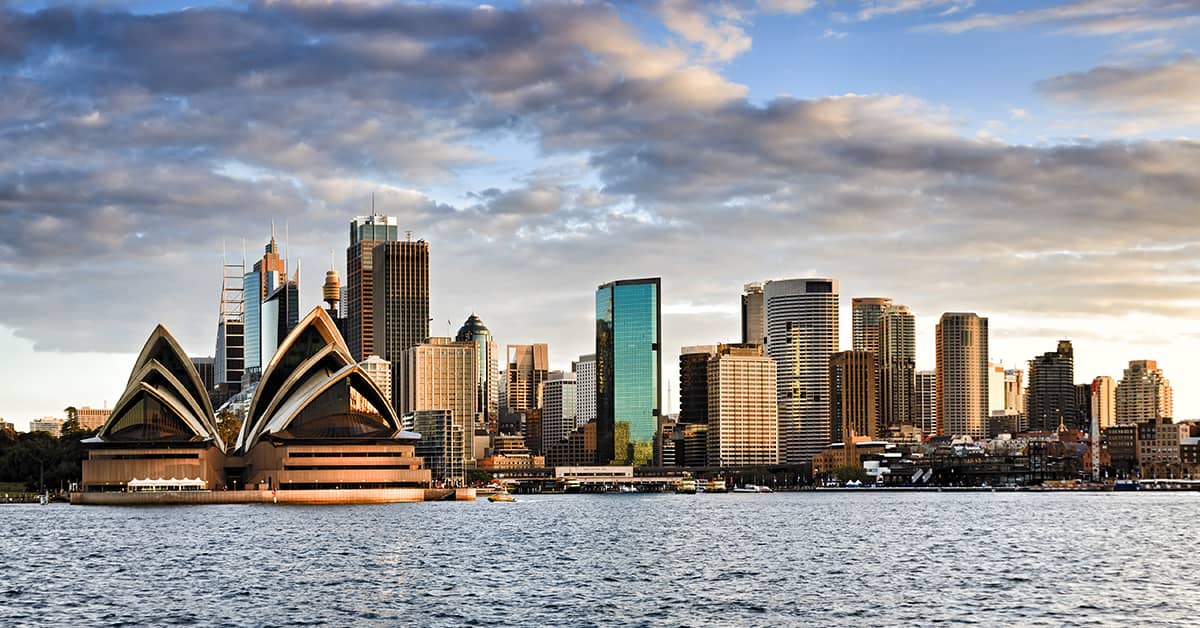
#6 | Sydney, Australia
Right behind its fellow Australian city Melbourne is Sydney and they share many of the same strengths: Robust environmental safety, a moderately strong economy that is growing well, and the Australian government’s lockdowns succeeded limiting Covid-19 deaths per capita. Also, stunning beaches, beautiful weather year round, varied outdoor activities and lively nightlife appeal to tourists and locals alike.
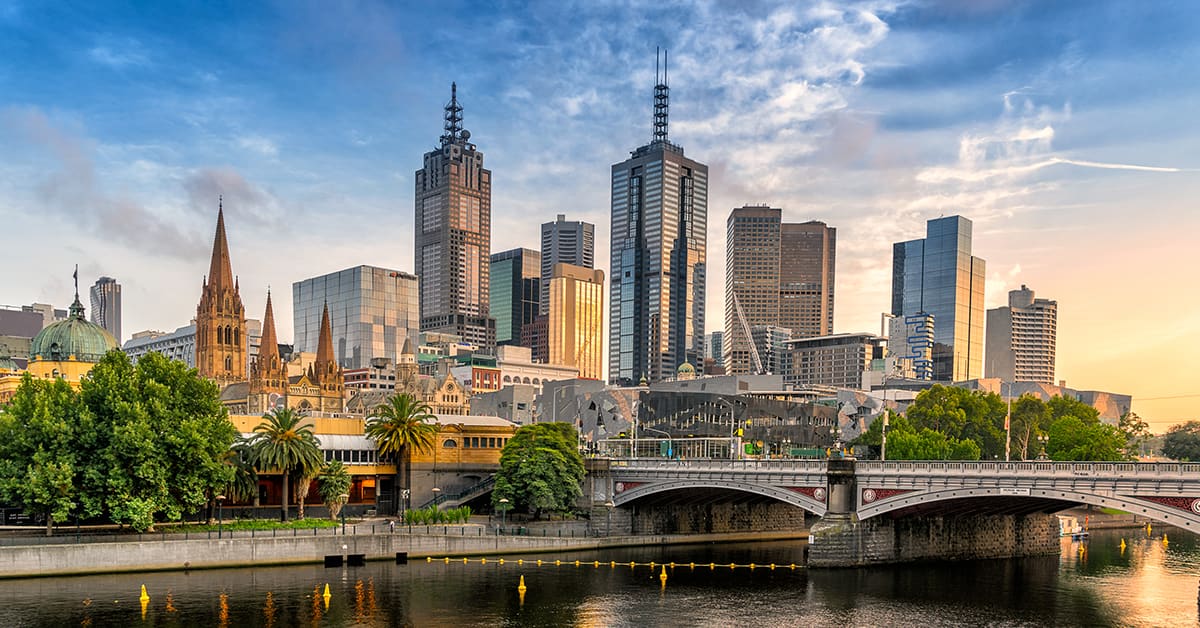
#5 | Melbourne, Australia
Melbourne maintained its 5th place from the 2020 ranking by being strong on environmentalism. It not only sets strict guidelines in a pursuit of zero carbon emissions but it also has a variety of groups aggressively pursuing judicial paths for tougher environmental standards. These characteristics are mirrored in an abundance of outdoor activities and attractions. Melbourne also experienced significant population growth despite the pandemic.
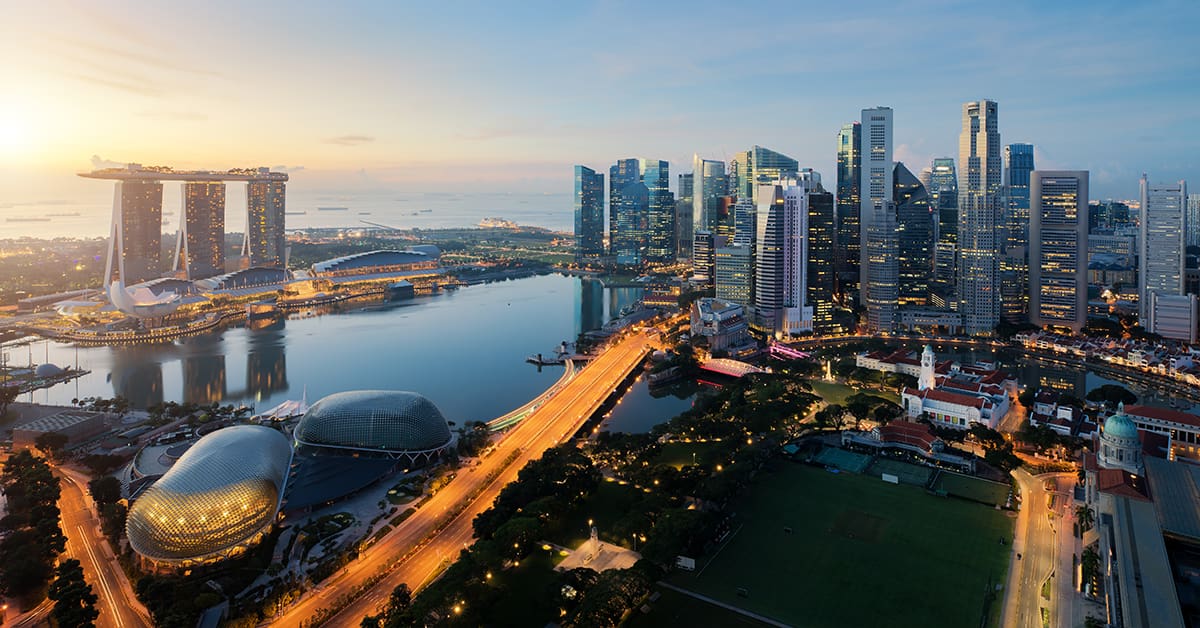
#4 | Singapore, Republic of Singapore
Singapore exhibits similar strengths to the other populous metro areas in Asia, which made this year’s top 10. It scored moderately well in economic strength, cultural attractions, and environmental safety, and successfully limited Covid-19 deaths per capita. The city-state emphasizes education and science. Its reputation as a safe city, with low crime make it among the world’s best places to live.
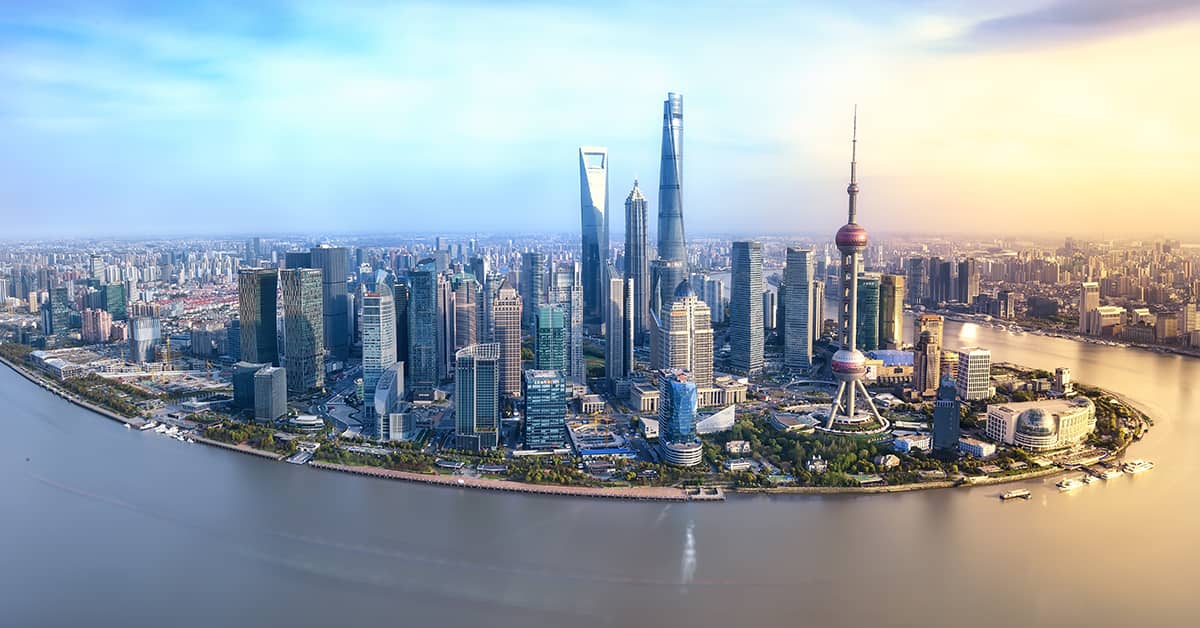
#3 | Shanghai, China
Using traditional metrics, Shanghai would not have ranked in the top 10 because its scores on economic strength, cultural significance, and environmental safety leave a lot to be desired. What set Shanghai apart is the exceptionally low Covid-19 death figures due to China’s zero-covid policy and its strong population growth. It continues to draw job seekers and tourists.
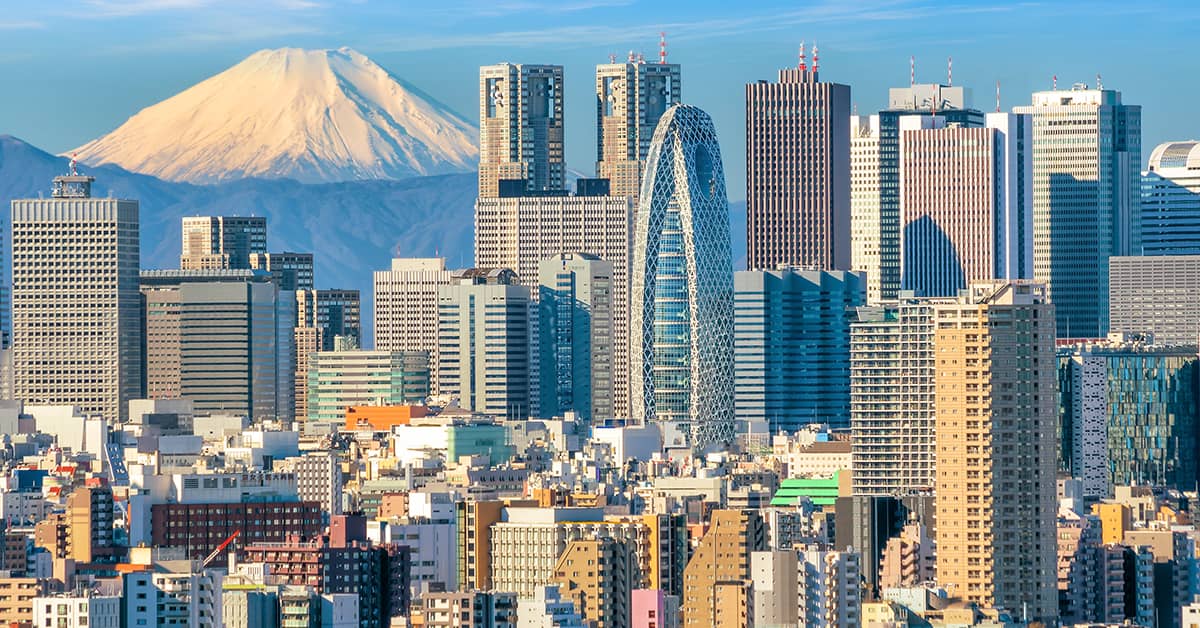
#2 | Tokyo, Japan
Tokyo gets second place as it scores very high on combatting Covid-19. It also continually demonstrates a passion for research and development into tech sectors and its immense public transportation system offers a high level of accessibility. Even so, Tokyo has a weakness in one key area: It is one of the few cities among the top 10 to suffer population decline in the past year. Still, although it is unquestionably a big city, many of its various wards feature the type of neighborhood bars and warm community one finds in a small town.
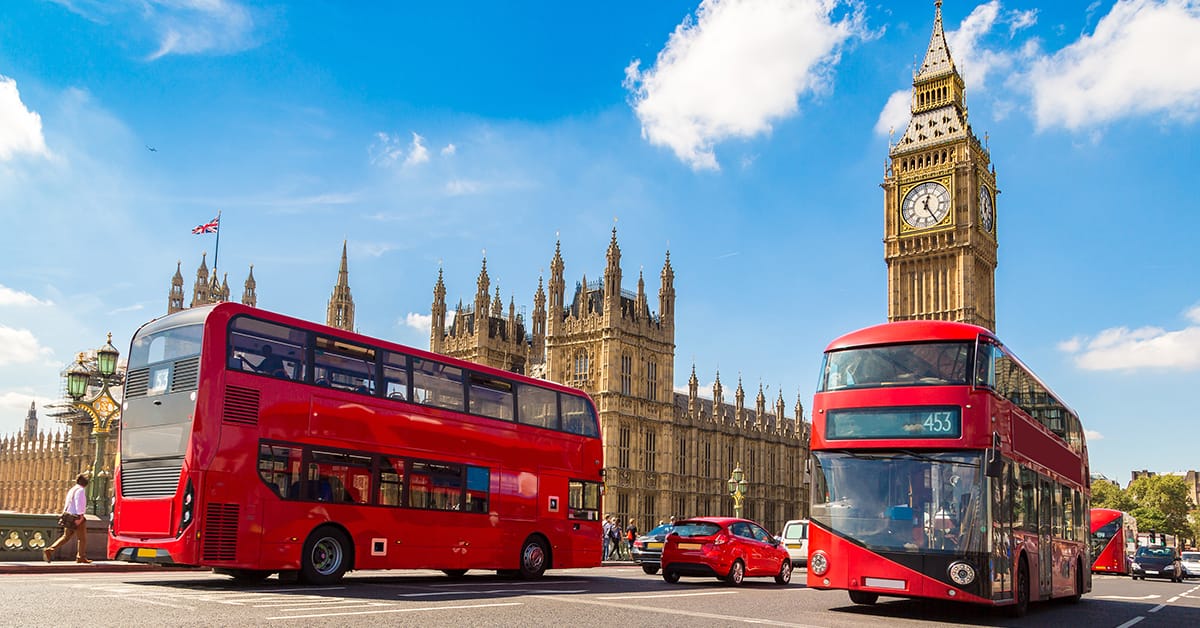
#1 | London, United Kingdom
London claims first place with high scores across the board for everything except Covid-19 as the U.K dealt with significant surges in case numbers from the beginning of the pandemic to as recently as January of 2022. Nevertheless, London’s strength in culture, accessibility, amenities, diversity, and surprisingly strong population growth pushed it above and beyond every other city in the world. Living in London
Tailoring our methodology to the current phase of the Covid-19 pandemic led to some surprising results in the 2022 edition of Global Finance’s best cities ranking (and it is important to note that past performance is no guarantee of future success in combatting Covid-19 deaths given the unpredictability of variants like Omicron emerging). Many European cities that scored highly in traditional metrics—including Berlin (16), Helsinki (17), Stockholm (18), and Zurich (19)—had high Covid-19 death rates as well. These cities also had relatively low population growth, as has been common across much of Europe recently. U.S cities such as Los Angeles (35) and Boston (41) have faced the same circumstances of high Covid-19 deaths per capita and low population growth. These factors led to many cities in the developed Western world to score poorly in this year’s rankings.
Population growth combined with low Covid-19 death rates are the key factors for why some Asian cities surged in the rankings compared to where they were in 2020. Hong Kong (11), Dubai (12), Seoul (13), Bangkok (22) exhibited strong population growth and did well in limiting Covid-19 deaths. In China, strict lockdowns in specific cities were so successful in preventing Covid-19 deaths that Beijing and Shanghai catapulted from 21st and 22nd place, respectively, in the 2020 ranking and into the top 10 of this year’s ranking.
The extreme divergence of population growth among the world’s major cities was another significant factor in this year’s ranking. Cities across the United States, Japan, Italy, and Russia have seen their populations stagnate or decline, leading to gloomy forecasts that for future generations they will be less lively, less diverse, and less wealthy places to live. At the other extreme, cities with high population growth rates such as Kuala Lumpur (24), Johannesburg (48), and Cairo (38) were held them back from reaching the top 10 by their poor scores on the other seven metrics.
|
Best Cities to Live in 2022 Full Ranking |
|---|
| Rank | City | Country |
|---|---|---|
| 1 | London | United Kingdom |
| 2 | Tokyo | Japan |
| 3 | Shanghai | China |
| 4 | Singapore | Republic of Singapore |
| 5 | Melbourne | Australia |
| 6 | Sydney | Australia |
| 7 | Paris | France |
| 8 | Beijing | China |
| 9 | New York | United States |
| 10 | Amsterdam | Netherlands |
| 11 | Hong Kong | China |
| 12 | Dubai | UAE |
| 13 | Seoul | South Korea |
| 14 | Copenhagen | Denmark |
| 15 | Toronto | Canada |
| 16 | Berlin | Germany |
| 17 | Helsinki | Finland |
| 18 | Stockholm | Sweden |
| 19 | Zurich | Switzerland |
| 20 | Vienna | Austria |
| 21 | Madrid | Spain |
| 22 | Bangkok | Thailand |
| 23 | Vancouver | Canada |
| 24 | Kuala Lumpur | Malaysia |
| 25 | Frankfurt | Germany |
| 26 | Taipei | Taiwan |
| 27 | Dublin | Ireland |
| 28 | Istanbul | Turkey |
| 29 | Geneva | Switzerland |
| 30 | Barcelona | Spain |
| 31 | Osaka | Japan |
| 32 | Tel Aviv | Israel |
| 33 | Fukuoka | Japan |
| 34 | Brussels | Belgium |
| 35 | Los Angeles | United States |
| 36 | Cairo | Egypt |
| 37 | San Francisco | United States |
| 38 | Milan | Italy |
| 39 | Jakarta | Indonesia |
| 40 | Moscow | Russia |
| 41 | Chicago | United States |
| 42 | Chicago | United States |
| 43 | Washington, D.C. | United States |
| 44 | Buenos Aires | Argentina |
| 45 | Mumbai | India |
| 46 | Sao Paulo | Brazil |
| 47 | Mexico City | Mexico |
| 48 | Johannesburg | South Africa |

CLICK HERE TO SEE THE2020 BEST CITIES TO LIVE IN
Global Finance’s 2020 best cities ranking is based on a score that reflects a comprehensive list of eight unique factors. These are: economic strength; research and development; cultural interaction; livability; environment; accessibility; GDP per capita (nominal in USD); and COVID-19 deaths per million for the country. Each of these factors brings with it a critical way of understanding the quality of life in the cities and each of the metrics was normalized in order to properly quantify them into a single overall score. It is important to note that we weighted the Covid-19 deaths metric by a factor of three in order to underline how a once-in-a-lifetime pandemic affected which cities would be best to live in.
Where did we get the data?
The first six factors (economic strength, research and development, cultural interaction, livability, environment, and accessibility) all come from the Global City Power index, which provides an in-depth view of and scores different aspects of city life, including cultural importance and accessibility. Their report’s list of cities forms the basis for our decision of what cities to include in our list. The nominal GDP per capita comes from the World Bank Database. The Covid-19 deaths per million comes from a combination of Johns Hopkins University and Statista for the remaining cities.
TOP 10 BEST CITIES TO LIVE IN 2020

#10 | Sydney, Australia
Sydney made it into the top 10 thanks to a high scores on environmental factors and Australia’s efficient effort to combat COVID-19. Australia was one of the first countries outside of China to impose lockdowns and social distancing rules to stop uncontrolled spread of the coronavirus.

#9 | Berlin, Germany
Berlin ranks ninth on our list, scoring slightly above average across the board on quality-of-life metrics. Germany’s comparatively low COVID-19 death rate helps place the city above where it would have ranked before the pandemic.
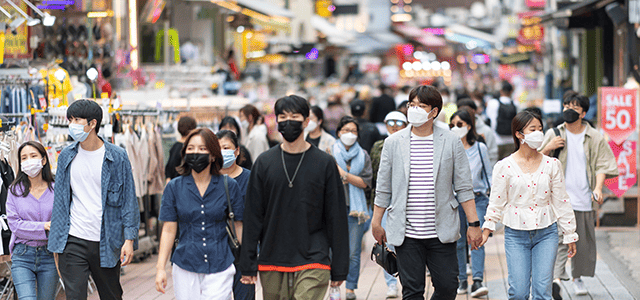
#8 | Seoul, South Korea
Seoul ranks eighth in this list mostly due to its strong focus on research and development as well as South Korea’s early and aggressive response to Covid-19. South Korea has often been help up as an example of how to effectively deal with the pandemic while maintaining strong economic performance because their response did not require shutting down non-essential businesses or entire cities to stop the spread of the coronavirus.

#7 | Paris, France
Paris, usually ranking amongst or near the top of best city lists, ranks seventh in the year of the coronavirus. Paris has a strong cultural importance that can be felt throughout the city. It also scores highly in livability and accessibility. However, like many other European cities, its ranking suffers the difficulties combatting Covid-19 as France began to experience a second wave of infections.
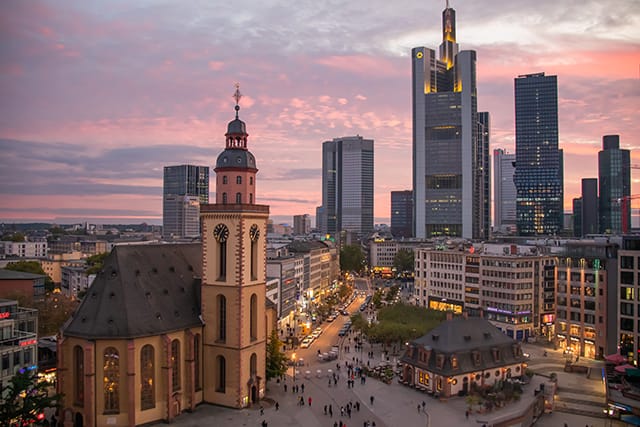
#6 | Frankfurt, Germany
Frankfurt places sixth due to Germany’s strong response to COVID-19 and the city’s extremely strong performance in just one metric: GDP per capita. Frankfurt has one of the highest GDP per capitas of any city in Germany at slightly over $106,000 in USD. Germany also has outperformed many other neighboring European countries in its coronavirus death rate.
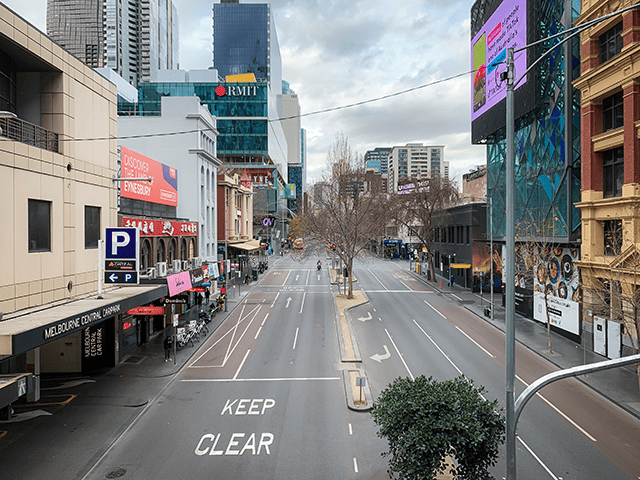
#5 | Melbourne, Australia
Melbourne is an interesting and competitive fifth place as it scores largely slightly above average on every metric except for COVID-19. Melbourne also scores highly in the environmental metric after setting strict and aggressive targets for zero-carbon emissions.
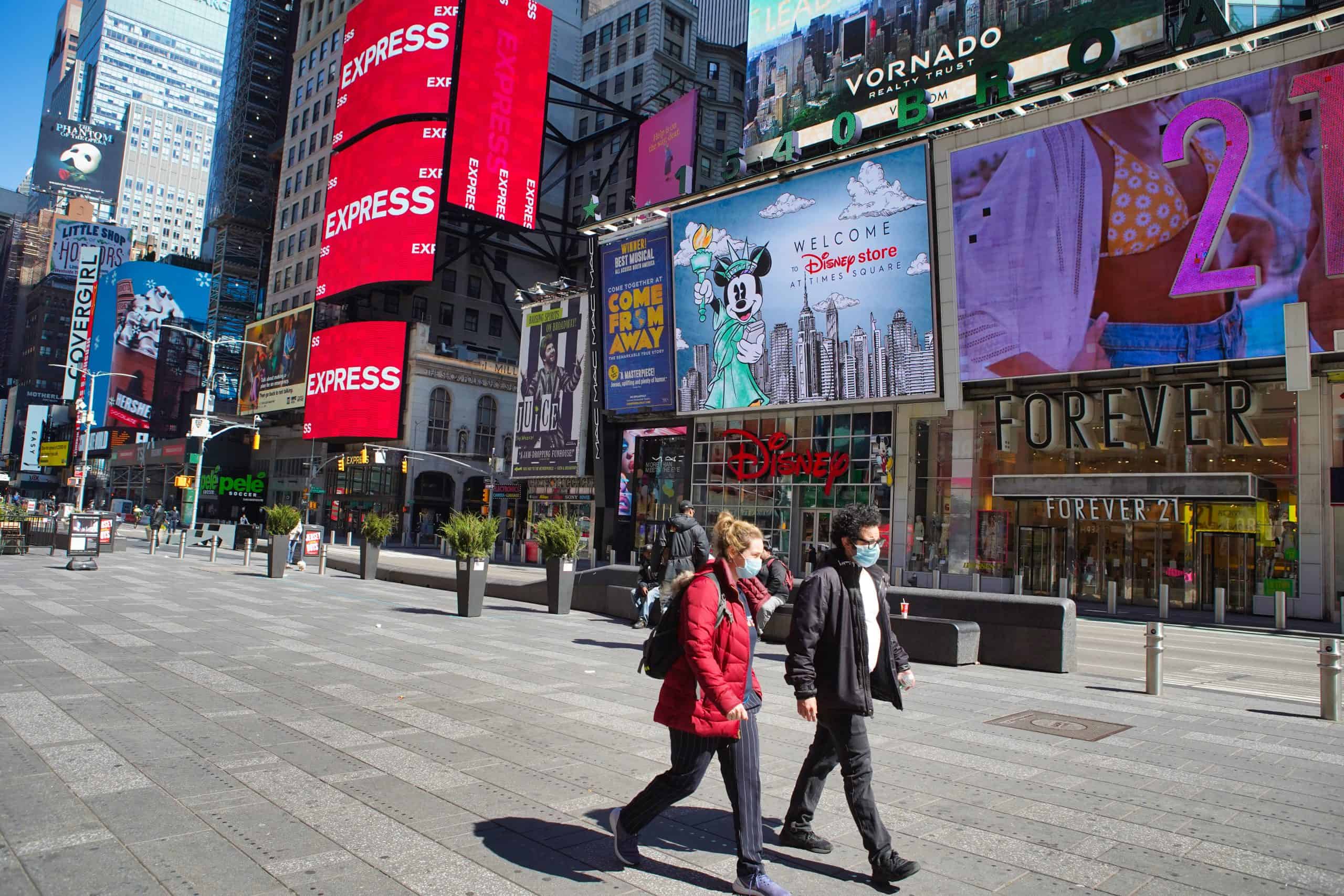
#4 | New York City, United States of America
New York City ranks fourth, below its historical rankings, as it scores well in its economy, research and development, and cultural interaction. The main factor pushing it downwards is the same that was true of London: high per capita COVID-19 death rate. The United States has struggled to contain the virus and has lost more than 200,000 people.
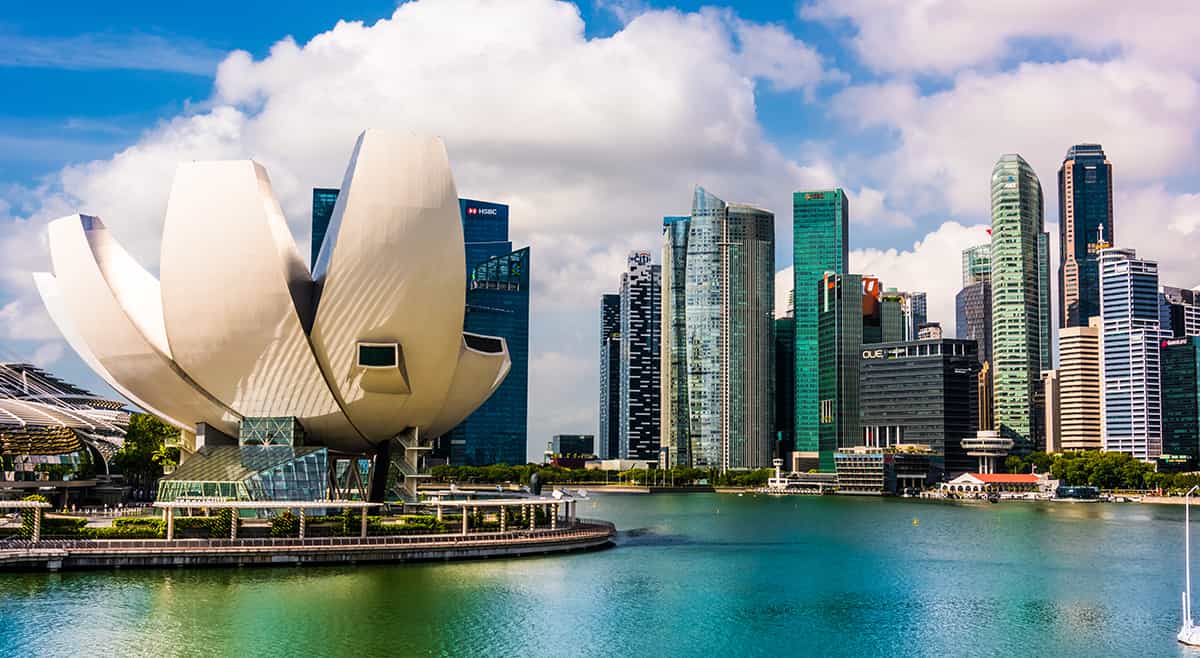
#3 | Singapore, Republic of Singapore
Singapore places third in the ranking with relatively moderate scores in most metrics but it has performed well in countering the consequences of COVID-19. So while Singapore actually ranks below the average on livability, and only slightly above average on the economy and research and development, its response to COVID-19 has resulted in more than 99% of infected people recovering.
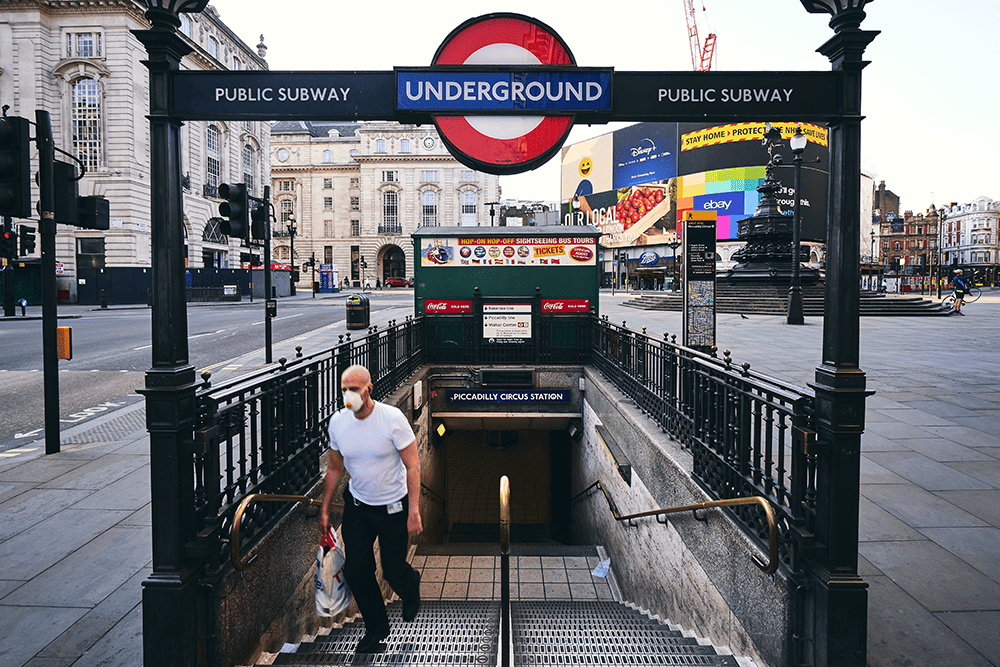
#2 | London, United Kingdom
London ranks as second with extremely high scores in the economy and cultural interaction metrics. In normal years where COVID-19 was not a factor, London would have ranked number one. However, the United Kingdom’s struggles with COVID-19 and the high number of deaths per capita significantly decreased its score and it is only by its resilience in other metrics that it remains in second place.
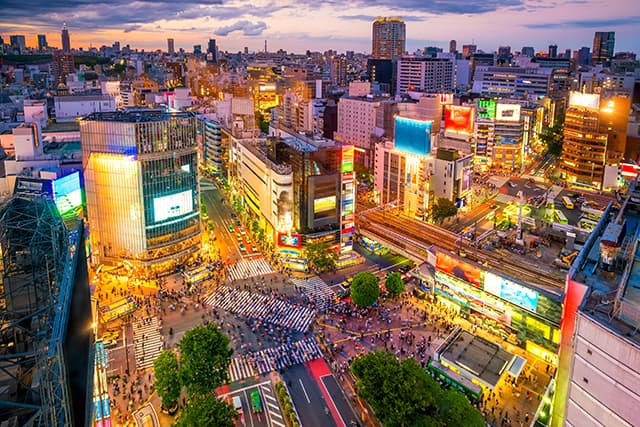
#1 | Tokyo, Japan
Tokyo ranks first as the city with the highest quality of life in 2020 due to its overall relatively good scores in most metrics and Japan’s strong response to COVID-19. Japan has had very low case counts, a subsidized advanced transportation system, and an overall high quality of life.
Because of the critical importance of COVID-19 in affecting quality of life, there are results in the ranking that would be surprising in any other year. Many highly developed European cities such as Brussels (43), Milan (40), Barcelona (38), and Madrid (35) are now ranked towards the bottom. These cities are often considered to have high quality of life and score respectively well in Cultural Interaction, Livability, and Environment. However, the Covid-19 deaths per million in Belgium, Italy, and Spain are very high as these countries faced both the initial wave and are currently experiencing a limited second wave. The spread of COVID-19 and the subsequent deaths have pushed these cities towards the bottom of the list.
The COVID-19 deaths, however, are also the reason why many cities in East Asia are punching above their weight. Tokyo (1), Singapore (3), Seoul (8), and Hong Kong (11) are ranked respectively high because of the extremely low spread of Covid-19 and the low death rates per capita for these countries. In fact, Japan, Singapore, Hong Kong, and South Korea have often been praised as models for dealing with the virus. In Tokyo and throughout Japan, nightlife has largely reopened despite earlier concerns of the spread of the virus. The same is true for Seoul and South Korea, which was able to avoid a large economic fallout while maintaining relatively low case counts. The low rate of COVID-19 deaths is also the main reason why Kuala Lampur (23) and Bangkok (32) and are ranked above many U.S cities such as Los Angeles (33), Boston (36) and Washington D.C (39) as the United States has a high rate of COVID-19 deaths.
|
Best Cities to Live in 2020 Full Ranking |
|---|
| Rank | City | Country |
|---|---|---|
| 1 | Tokyo | Japan |
| 2 | London | United Kingdom |
| 3 | Singapore | Republic of Singapore |
| 4 | New York | United States of America |
| 5 | Melbourne | Australia |
| 6 | Frankfurt | Germany |
| 7 | Paris | France |
| 8 | Seoul | South Korea |
| 9 | Berlin | Germany |
| 10 | Sydney | Australia |
| 11 | Hong Kong | China |
| 12 | Copenhagen | Denmark |
| 13 | Vienna | Austria |
| 14 | Amsterdam | Netherlands |
| 15 | Helsinki | Finland |
| 16 | Zurich | Switzerland |
| 17 | Dubai | UAE |
| 18 | Osaka | Japan |
| 19 | Toronto | Canada |
| 20 | Geneva | Switzerland |
| 21 | Shanghai | China |
| 22 | Beijing | China |
| 23 | Kuala Lumpur | Malaysia |
| 24 | Vancouver | Canada |
| 25 | Moscow | Russia |
| 26 | Taipei | China |
| 27 | Dublin | Ireland |
| 28 | Tel Aviv | Israel |
| 29 | Stockholm | Sweden |
| 30 | Istanbul | Turkey |
| 31 | San Francisco | United States of America |
| 32 | Bangkok | Thailand |
| 33 | Los Angeles | United States of America |
| 34 | Fukuoka | Japan |
| 35 | Madrid | Spain |
| 36 | Boston | United States of America |
| 37 | Chicago | United States of America |
| 38 | Barcelona | Spain |
| 39 | Washington, D.C. | United States of America |
| 40 | Milan | Italy |
| 41 | Buenos Aires | Argentina |
| 42 | Jakarta | Indonesia |
| 43 | Brussels | Belgium |
| 44 | Cairo | Egypt |
| 45 | Mumbai | India |
| 46 | Sao Paulo | Brazil |
| 47 | Mexico City | Mexico |
| 48 | Johannesburg | South Africa |



